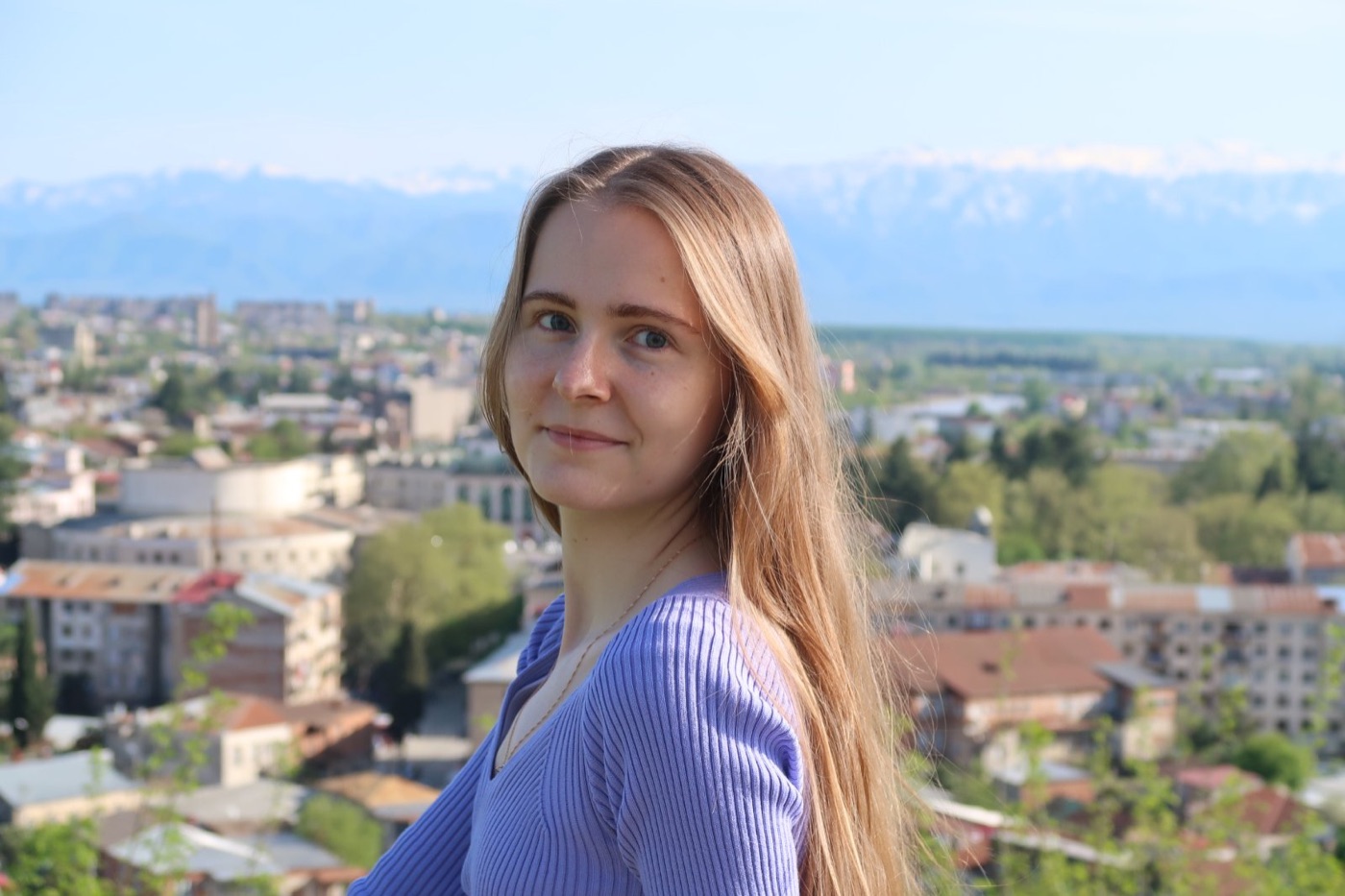1,323 reads
3D Engines: A Comprehensive Guide to Automation
by
October 24th, 2023
Audio Presented by

Senior QA Automation Engineer with background in software development, 3D graphics creation and animation
About Author
Senior QA Automation Engineer with background in software development, 3D graphics creation and animation